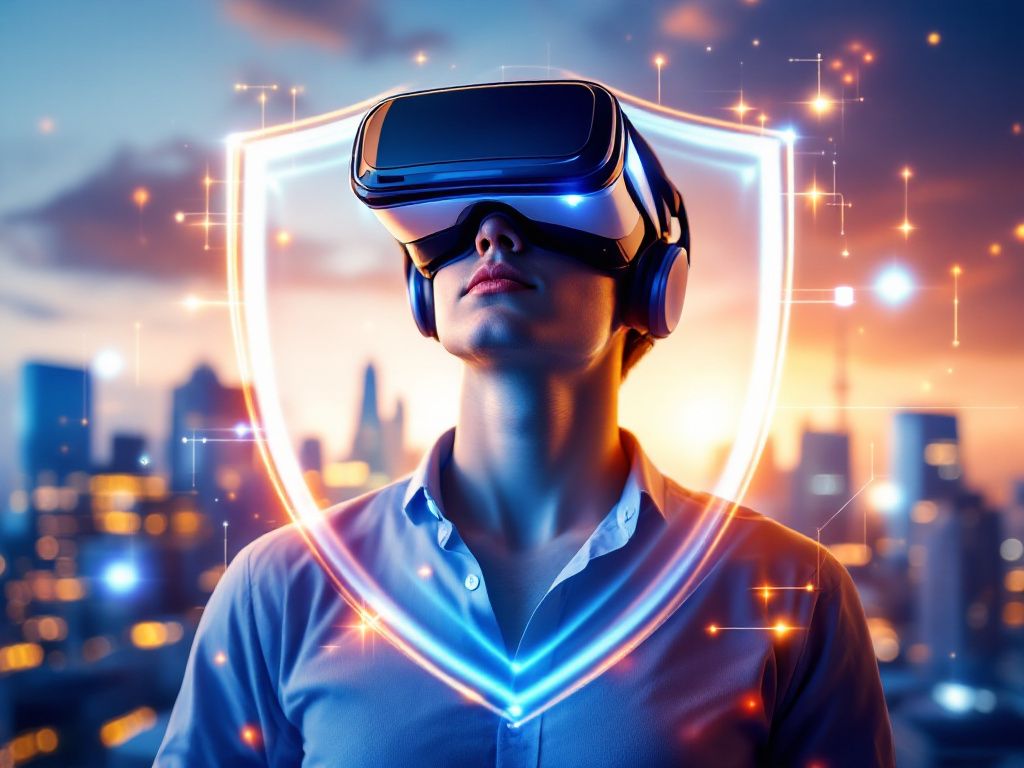Ever felt that uneasy vibe, like you’re standing on a stage with a hundred pairs of eyes staring you down, expecting you to deliver magic? That’s the feeling many of us get when thinking about virtual events in today’s hyper-digital world. There’s a lot on the line, and building a robust digital defense skin that protects your virtual presence is crucial. We’ve got you covered with this guide—it feels like a cozy chat about how to become defense ready for any digital stage.
Why Virtual Defense Is An Absolute Must
In the good old days, preparing for an event meant securing a projector, printing handouts, and making sure the venue had enough chairs. Now, it’s all about data protection, overcoming cybersecurity threats, and ensuring your digital communications are unbreachable. Let’s face it, no one wants a random hacker hijacking their presentation or sensitive attendee data leaking. That’s messy and embarrassing.
When we say “digital defense skin,” we’re talking about creating that protective barrier that’s not just about being tech-savvy—it’s about having the right strategies in place. It’s like coating yourself with the perfect combo of SPF before a sun-drenched day at the beach. You need to ensure you’re fully prepared before diving into the digital event abyss.
Building Your Virtual Arsenal for Digital Defense
When we’re chatting about getting your event preparation in line with top-notch digital defense, it’s going to take a bit more than “winging it.” Here’s where we dive into some key elements you absolutely can’t miss out:
1. Secure Your Digital Venue

Think of your virtual platform as your venue. Just like you wouldn’t rent a hall without locks on the doors, you shouldn’t pick an unsecured platform. Choose tools that are encrypted, and check for features like user authentication and malware protection. Zoom, Teams, or WebEx? Do your research; study their security features as you prep for hosting that big shindig.
2. Password Protection
Not a ground-breaking revelation, but password security is your first line of defense. Use complex passwords and change them regularly. Fancy a reminder? There are password managers for just that need. They keep passwords enigmatic—you’ll look like a code ninjutsu master in your virtual dojo, amping up your secret event preparation sauce.
3. Update, Update, Update!
Ever postponed software updates thinking you’ll do it tomorrow? We’ve all been there. Well, don’t. No one can stress this enough. System updates often come with important security patches. Procrastinating on this could be like leaving your front door ajar. Yup, not smart.
4. Embrace Multi-Factor Authentication
Ever met someone skeptical about needing something beyond a strong password? Multi-factor authentication (MFA) is like having a bouncer who only lets verified folks through. This might be an SMS verification or a biometric check. Trust me, it can close potential gaps in your digital defense skin like an extra layer of armor.

Protecting Attendee Data
A bit of a tangent here, but dealing with data responsibly makes you a digital hero—in the age of viral oops-moments gone wrong, treating attendee information with kid gloves is priority number one. Promise your attendees confidentiality and mean it. Implementing data minimization strategies keeps information secure and comforting.
The Art of Data Encryption
Encrypt sensitive data shared during your events. It turns open conversations into private ones, a smart encryption postcard that never gets lost in the internet’s messy ether. Make sure any file transfers and recorded sessions are secured. Encryption is like secret agent tech for your data—it keeps everything tightly wrapped.
Communication Channels: Safety First
There’s nothing worse than discussing the art of Quantum Computing, only for your communication platform to flake out and spew nonsense, or worse, let a lurker sneak in without you noticing. Balancing seamless communication with security could be challenging, but entirely doable.
Try adopting these tips:

- Monitor Engagement Tools: Whether it’s a public chat thread or audience Q&A, moderate these interactions.
- Set Permissions: Not everyone should have the ability to share their screen. Refine who gets access.
- Beware of Phishing: Educate your team on the digital phish and chips—sweet-sounding requests that could compromise your systems.
Wrapping Up Your Digital Armor
I know there’s a ton to mull over here—preparing these steps in your event process isn’t an overnight task, but it’s certainly a feasible one. Here’s a gentle reminder: don’t be overwhelmed with fear of the digital unknown. Think of it as evolving from novice to a virtual warrior, leveling up with pressing confidence and assured subtlety.
Effective virtual event preparation is a thorough but attainable task ultimately about peace of mind—and allowing tech to work seamlessly with us rather than against us. Foster consistent testing, engage effective digital tools, and sustain your defense-ready mind frame—with this trio, your prep should be spot-on!
As you move forward with your events, remember that having a rock-solid digital defense skin isn’t just a nice-to-have; it’s essential self-care in a digital landscape shaped by unpredictable complexity. As we round this conclusion, take a demystified breath and get cracking on those strategies—I promise the virtual arena will look a whole lot brighter and safer.
—
And there you go—not so intimidating once you’ve let it all sink in, right? Whether you’re a seasoned event planner or just kickoff-ready, aiming for a confident digital event defense strategy isn’t merely a deal-breaker—it’s your assurance for unbeatable delivery within secure realms!
Frequently Asked Questions
What is the most important part of event preparation?
The most important part of event preparation is determining the purpose of the event. This sets the tone for everything else, including the goals, target audience, theme, budget, and choice of venue. It ensures that everyone involved is on the same page and working towards a common goal[5].
What are the key stages involved in event preparation?
The key stages involved in event preparation include Research, Design, Planning, Coordination, Execution, Monitoring and controlling, and Closure. These stages guide event planners through the lifecycle of an event, from the initial concept to post-event analysis, ensuring a structured approach to creating successful and memorable events[3].
How should I select and prepare the physical space for an event?
When selecting and preparing the physical space, consider the type of event, the number of attendees, and the activities that will take place. Ensure there are adequate spaces for conversations and other interactions. Also, plan for the setup, audio-video needs, and ensure compliance with health and safety standards. Additionally, make arrangements for cleaning up after the event[1][3].
What are some essential tasks to consider during pre-event preparation for virtual events?
For virtual events, essential tasks include creating a sample event and cloning it to avoid starting from scratch, ensuring at least 30 minutes of prep time before the event, assigning roles to team members, and setting up a registration form and landing page. Also, promote the event through emails, social media, and other channels, and send reminder emails to registered attendees[2].
References










